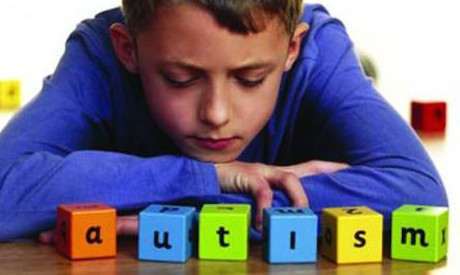At first, everything about L.’s baby boy seemed normal.
He met every developmental milestone and delighted in every discovery.
But at around 12 months, B. seemed to regress, and by age 2, he had fully retreated into his own world.
He no longer made eye contact, no longer seemed to hear, no longer seemed to understand the random words he sometimes spoke. His easygoing manner gave way to tantrums and head-banging.
“He had been this happy, happy little guy,” L. said.
“All of a sudden, he was just fading away, falling apart. I can’t even describe my sadness. It was unbearable.”
More than anything in the world, L. wanted her warm and exuberant boy back.
A few months later, B. received a diagnosis of autism.
His parents were devastated. Soon after, L. attended a conference in Newport, R.I., filled with autism clinicians, researchers and a few desperate parents.
At lunch, L. (who asked me to use initials to protect her son’s privacy) sat across from a woman named Jackie, who recounted the disappearance of her own boy.
She said the speech therapist had waved it off, blaming ear infections and predicting that Jackie’s son, Matthew, would be fine. She was wrong.
Within months, Matthew acknowledged no one, not even his parents.
The last word he had was “Mama,” and by the time Jackie met L., even that was gone.
In the months and years that followed, the two women spent hours on the phone and at each other’s homes on the East Coast, sharing their fears and frustrations and swapping treatment ideas, comforted to be going through each step with someone who experienced the same terror and confusion.
When I met with them in February, they told me about all the treatments they had tried in the 1990s: sensory integration, megadose vitamins, therapeutic horseback riding, a vile-tasting powder from a psychologist who claimed that supplements treated autism.
None of it helped either boy. Continue reading
Sources
- The New York Times
- Image: RNSpeak
Additional reading
News category: Features.




